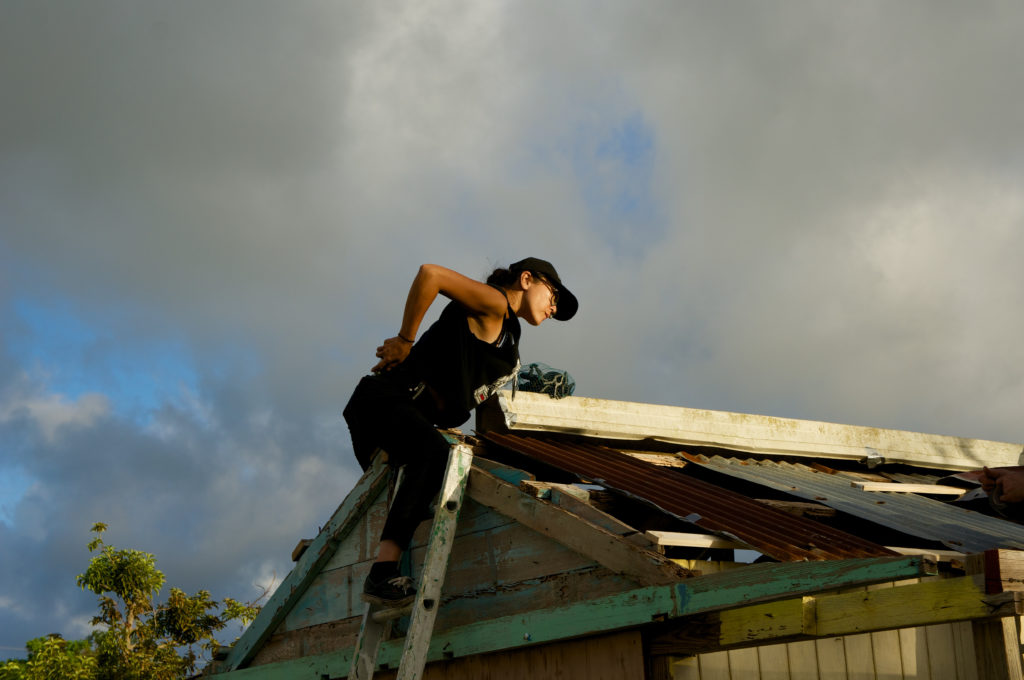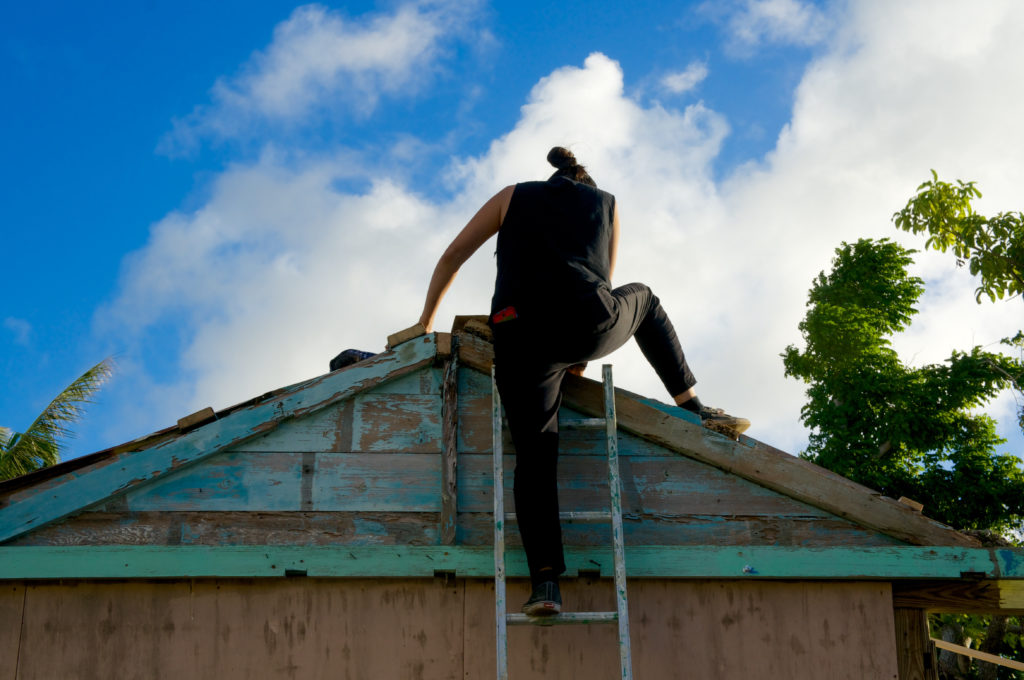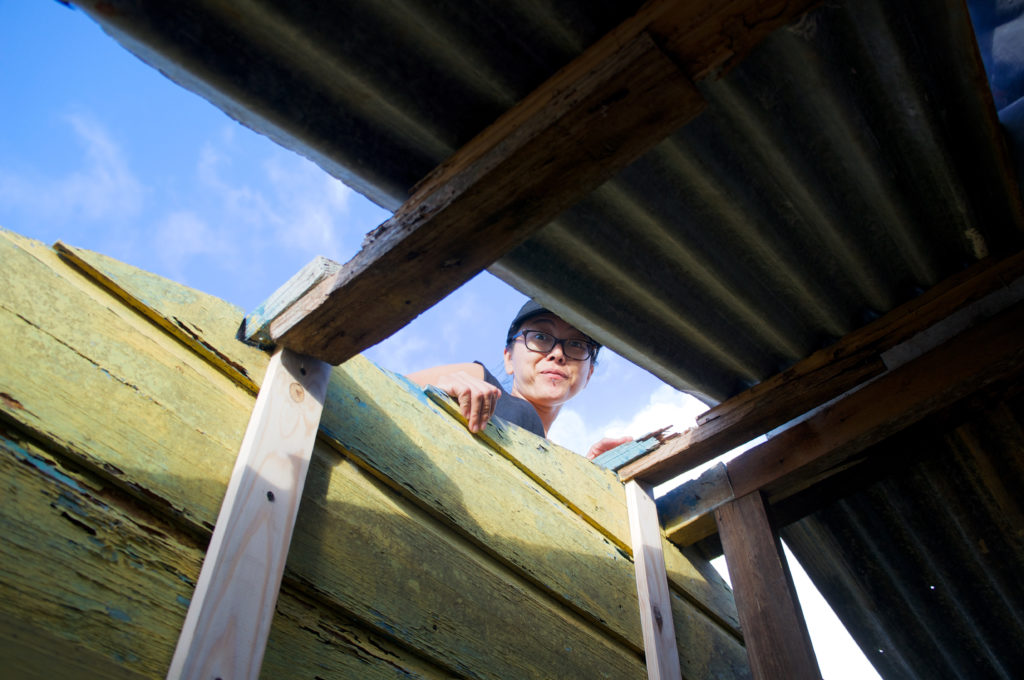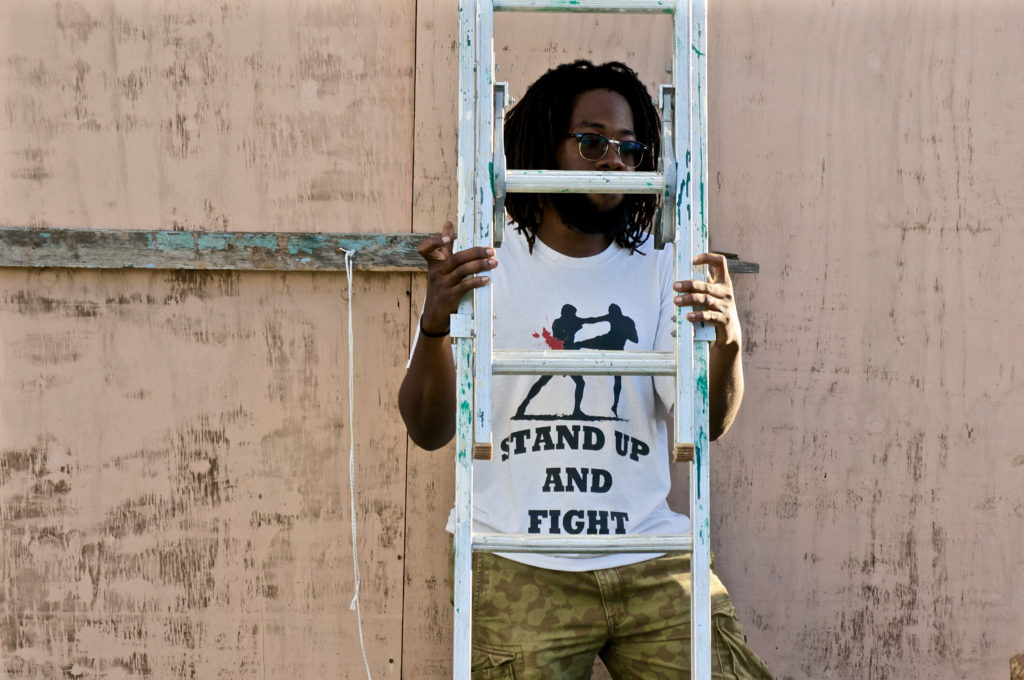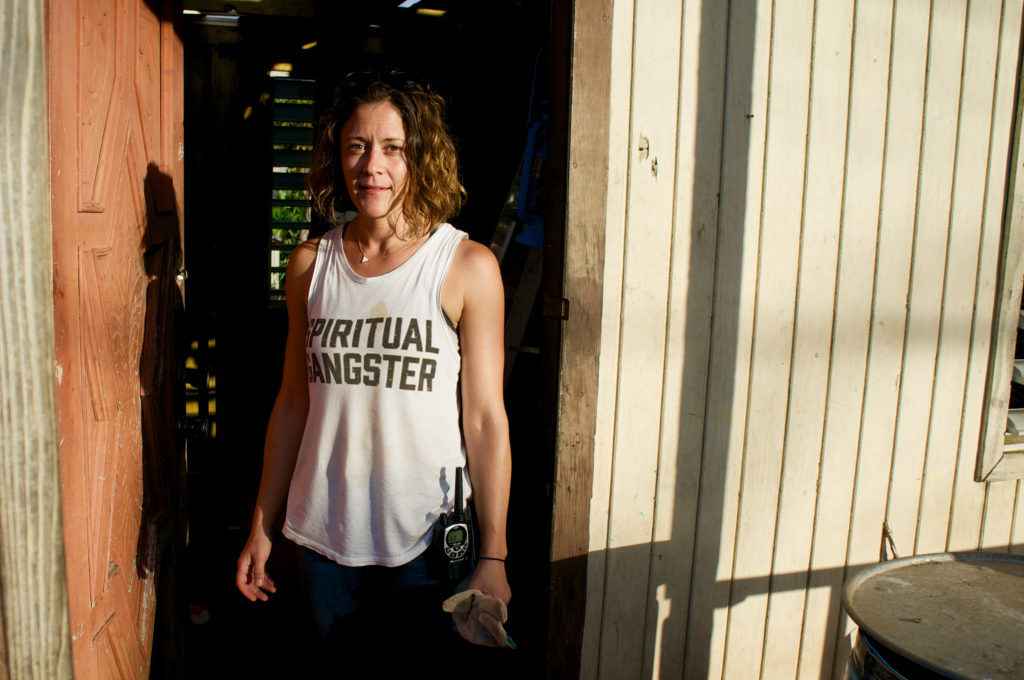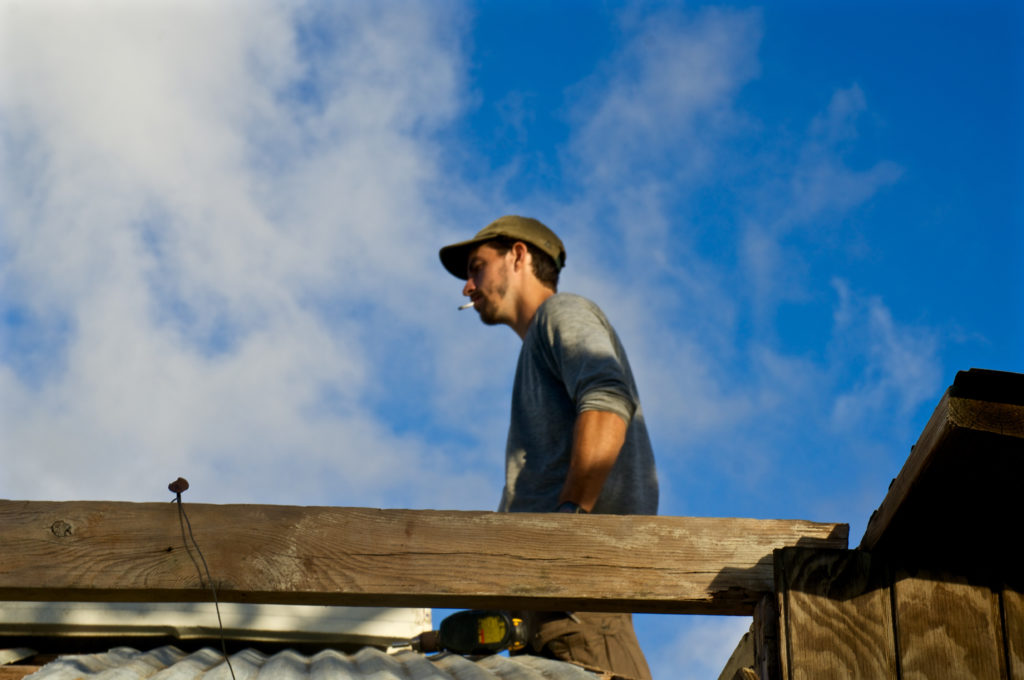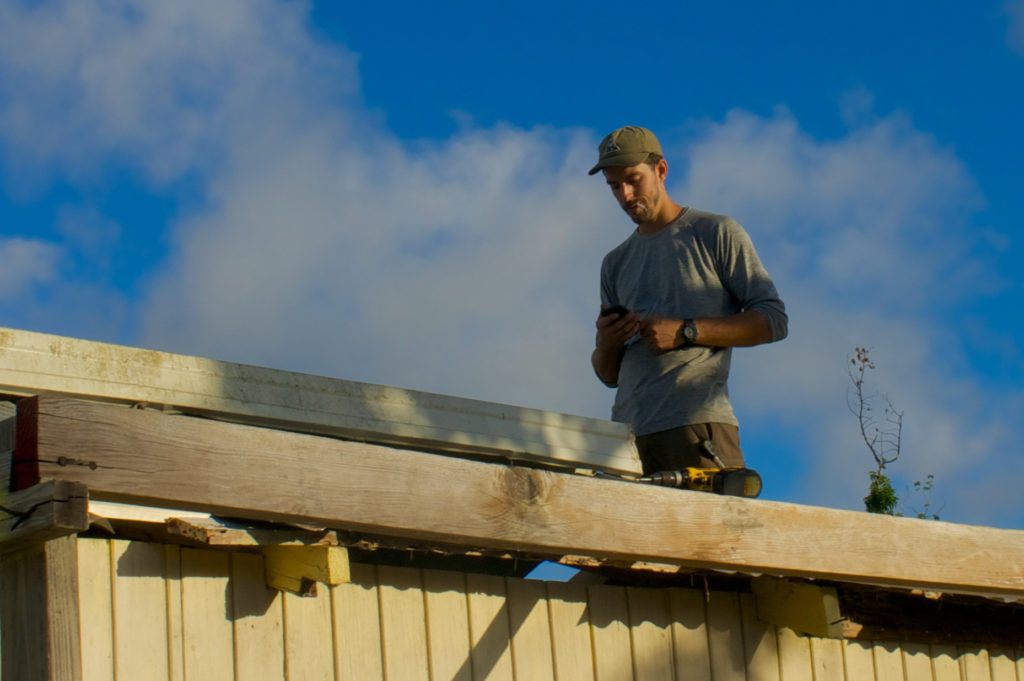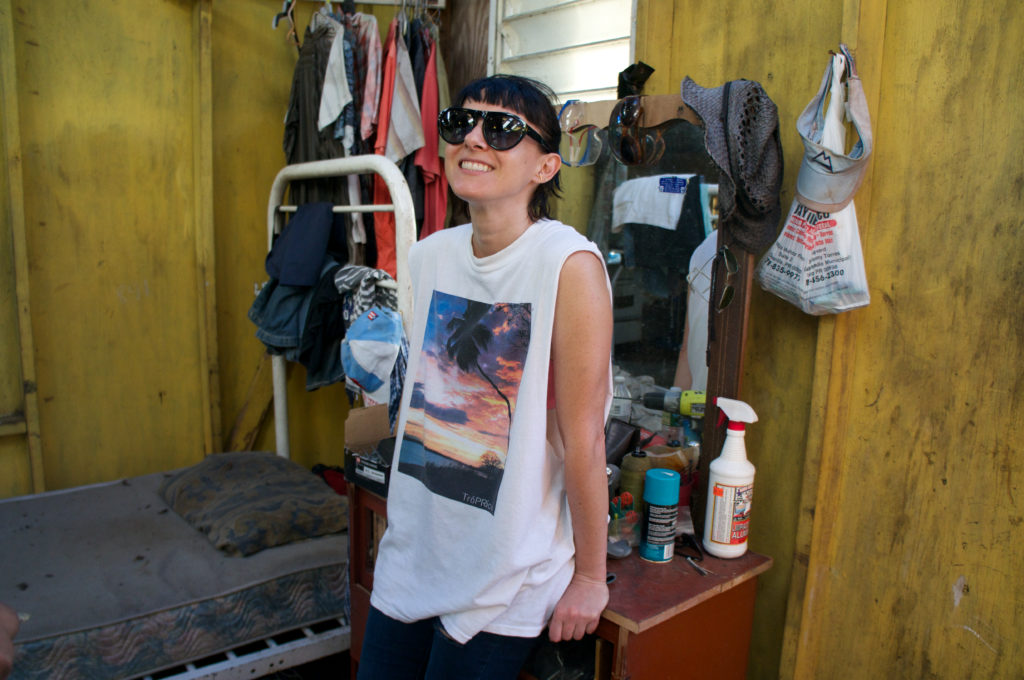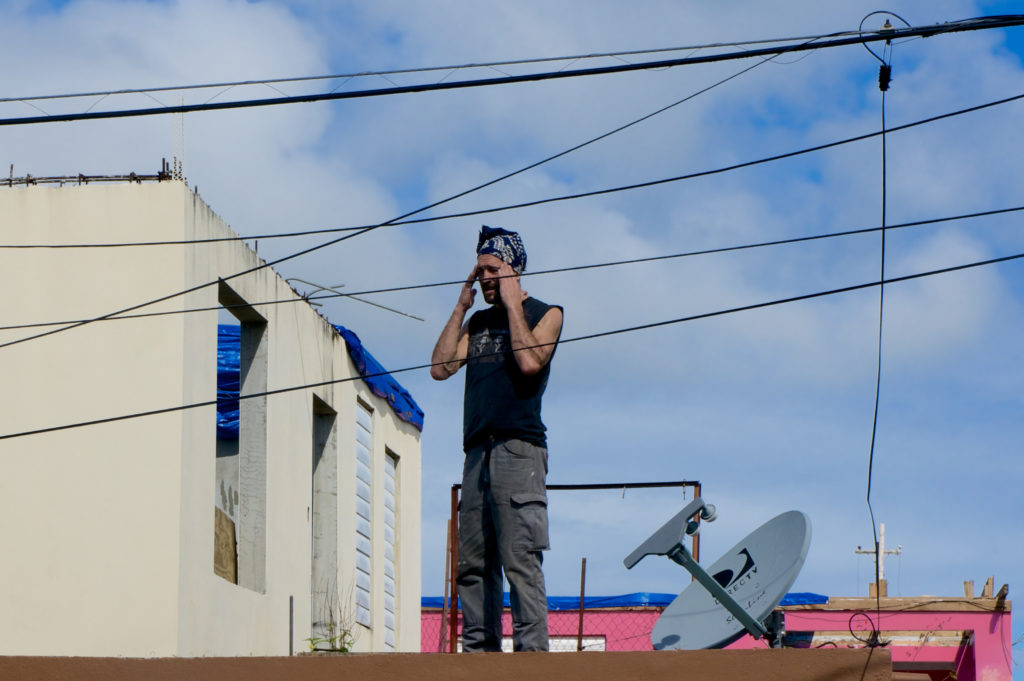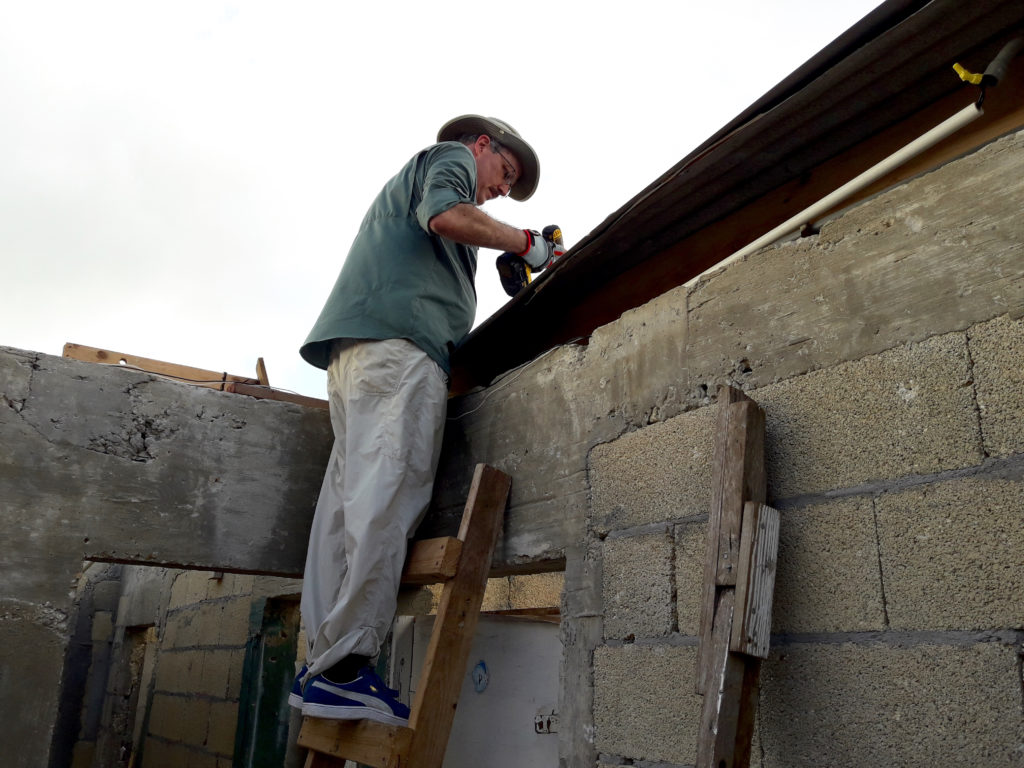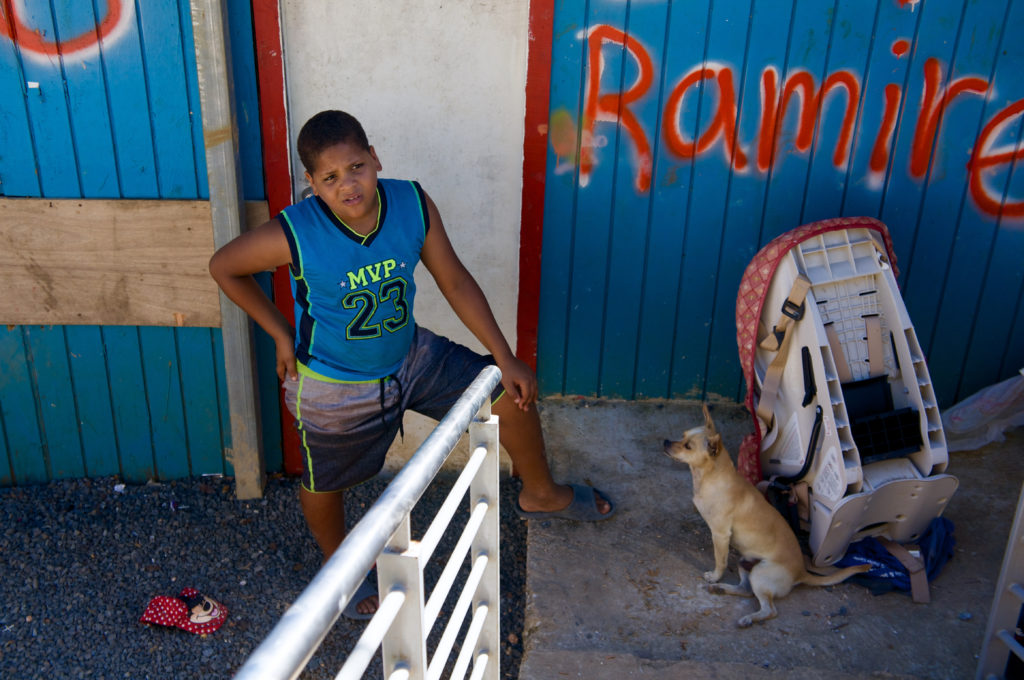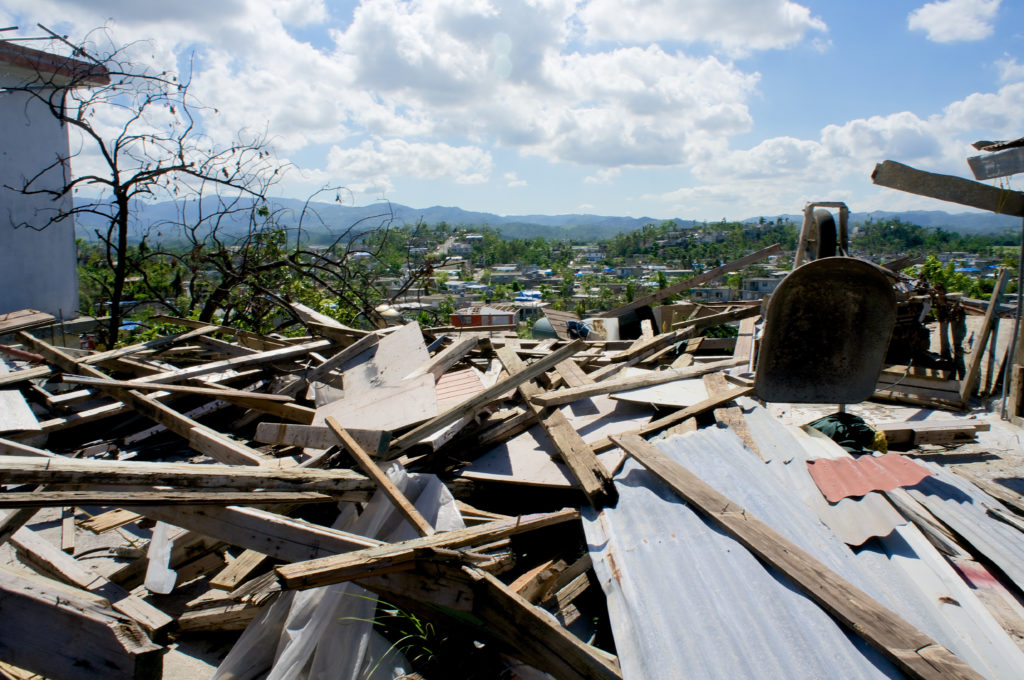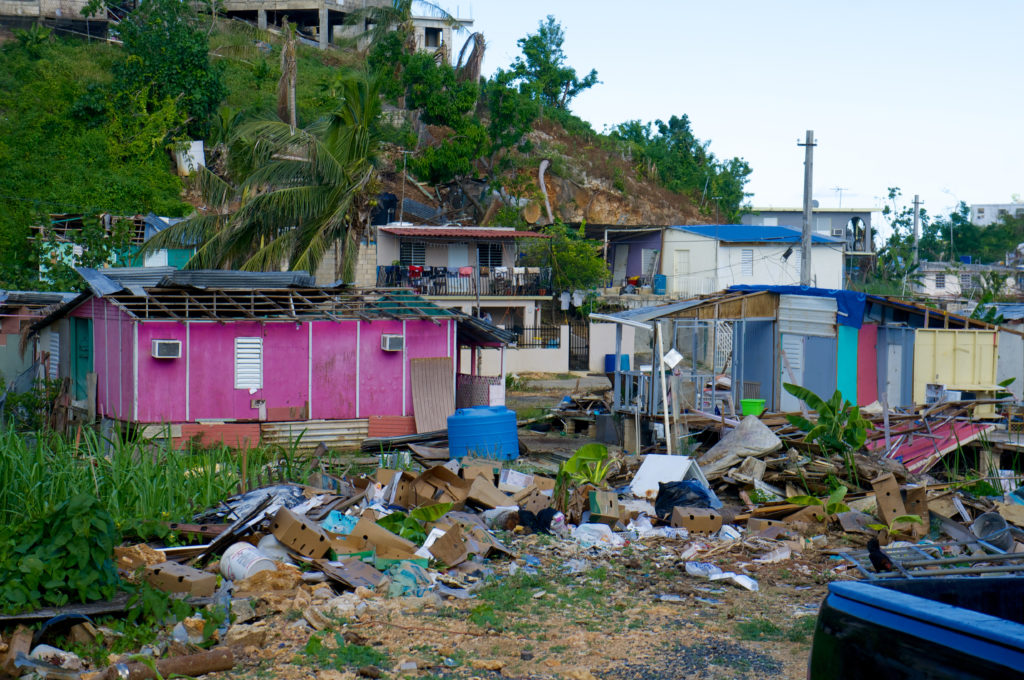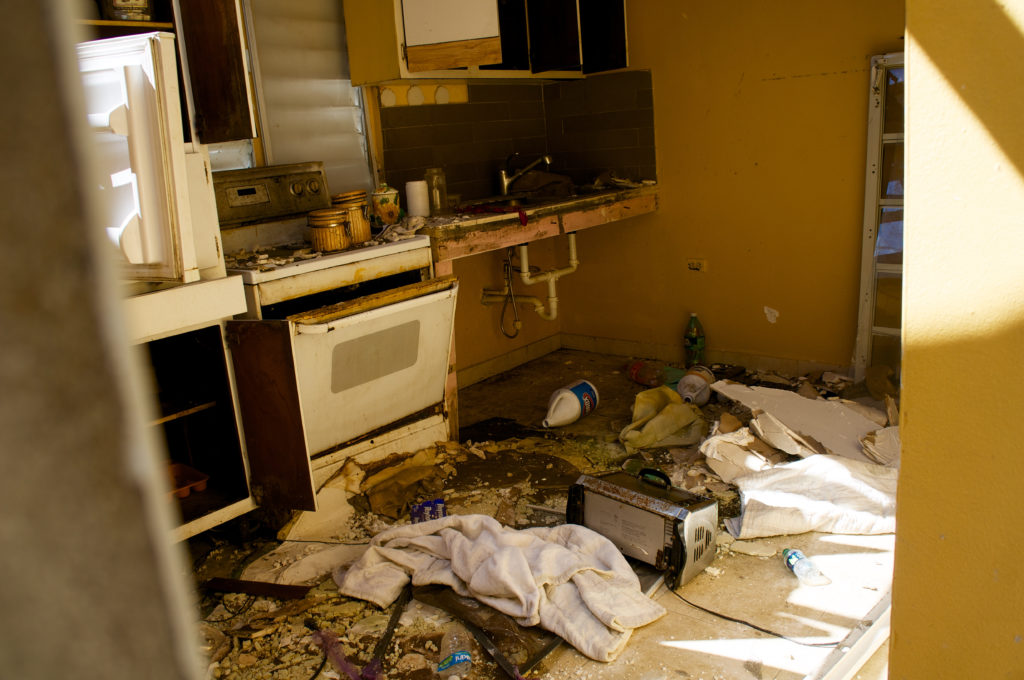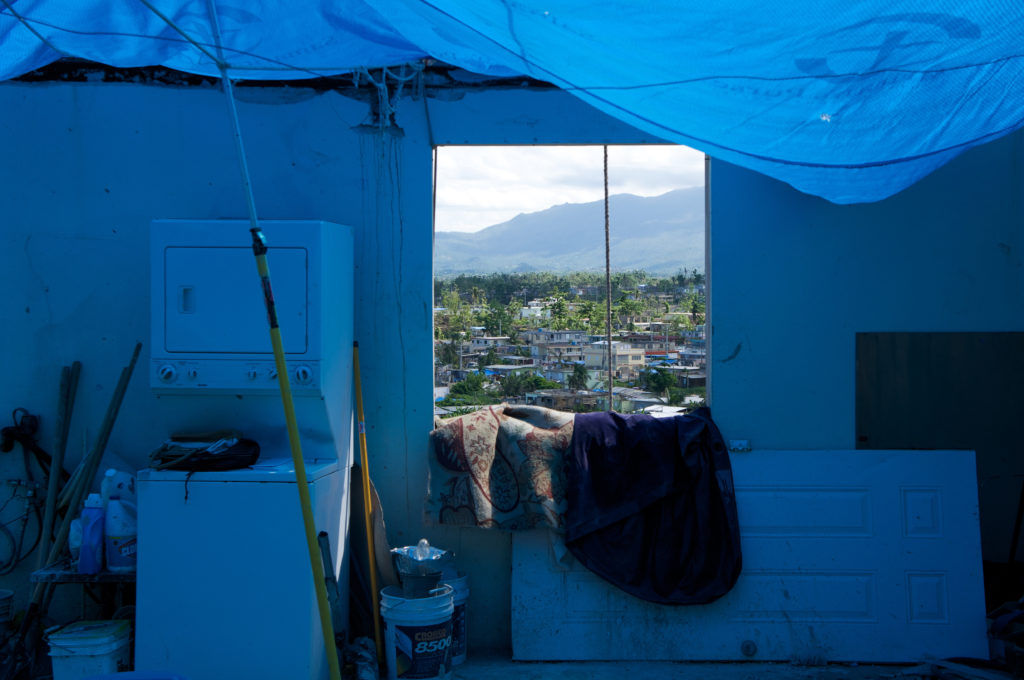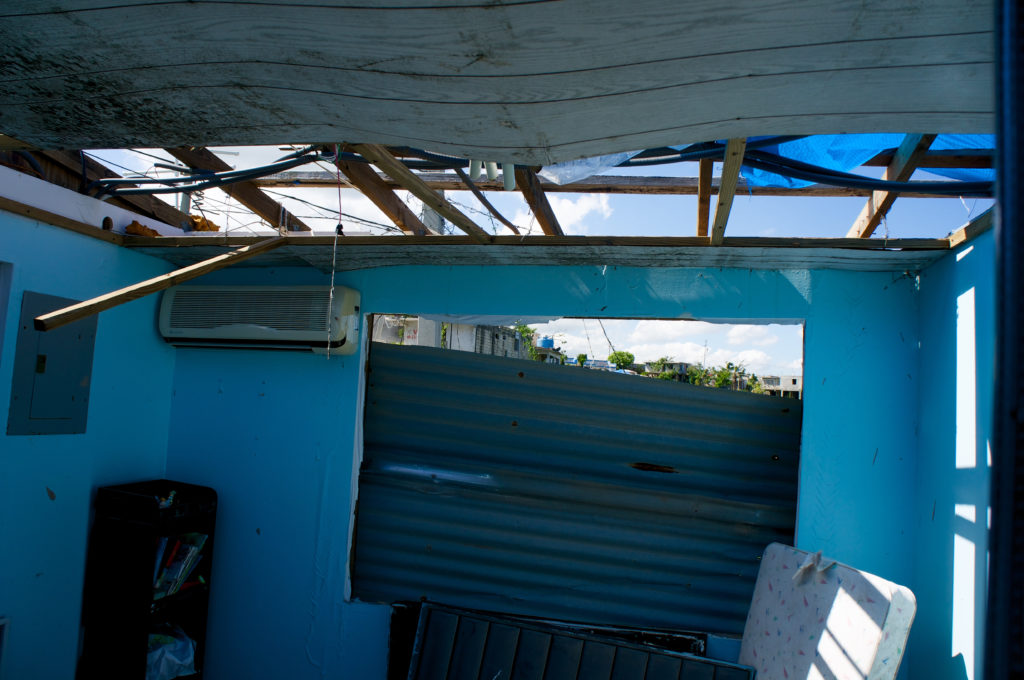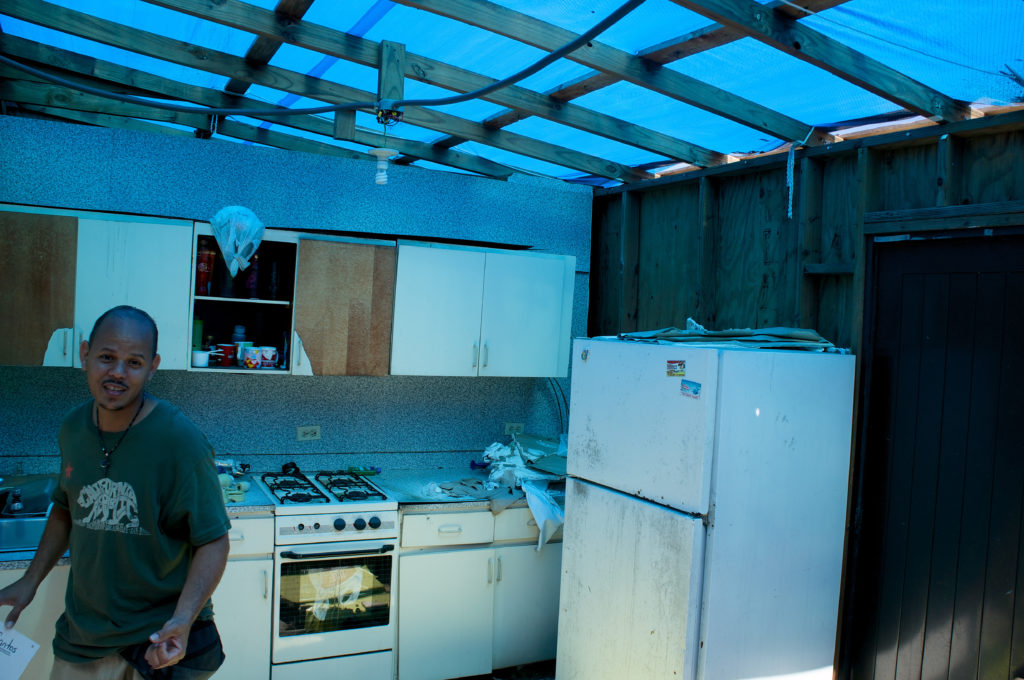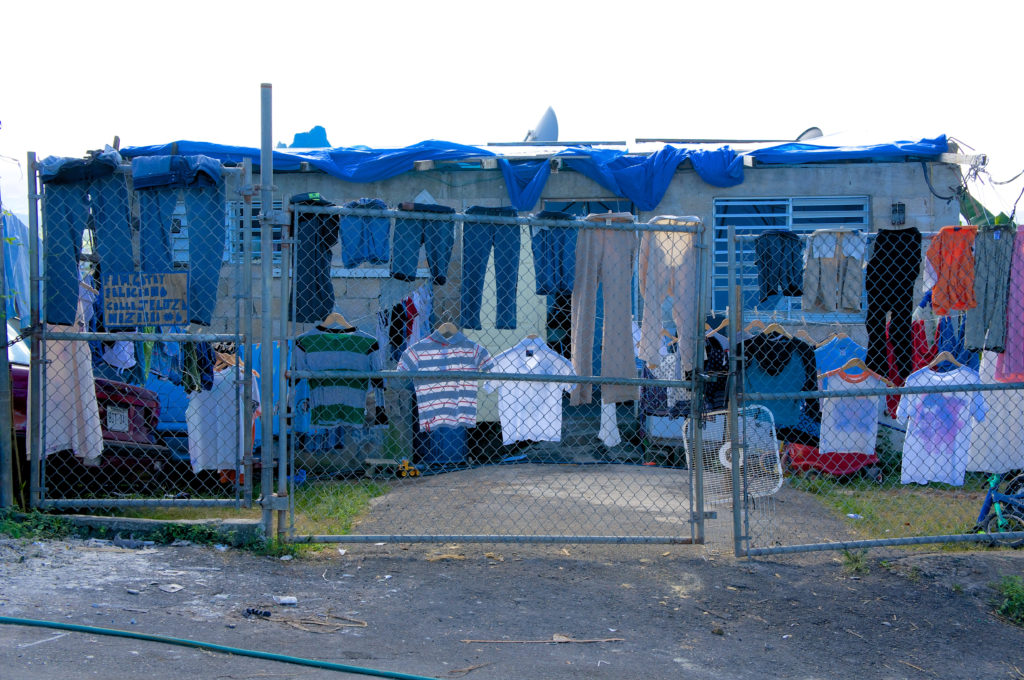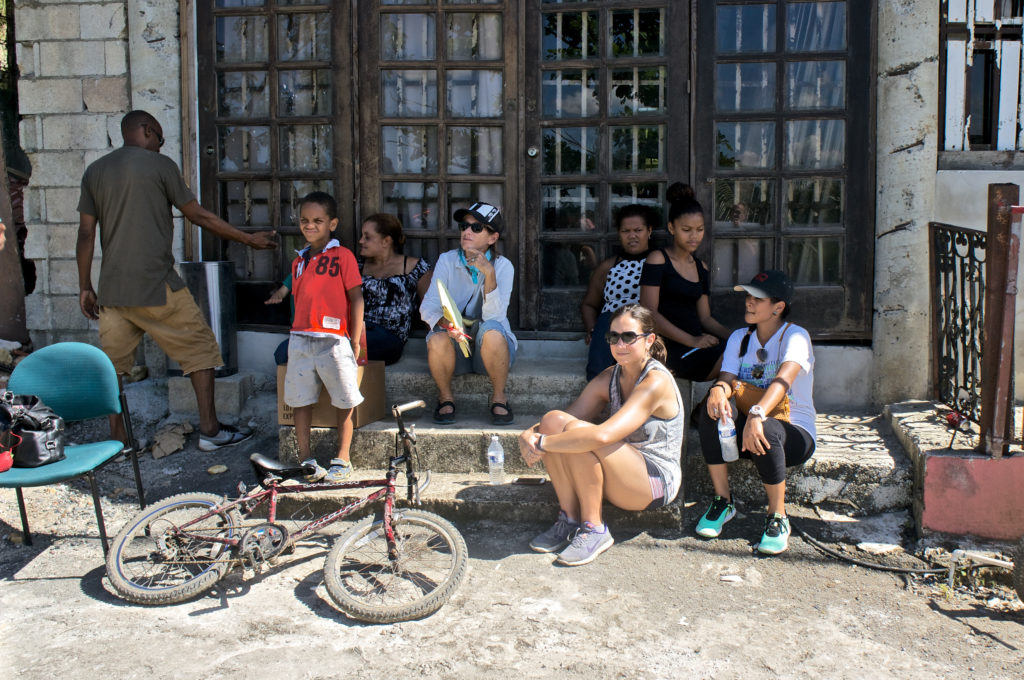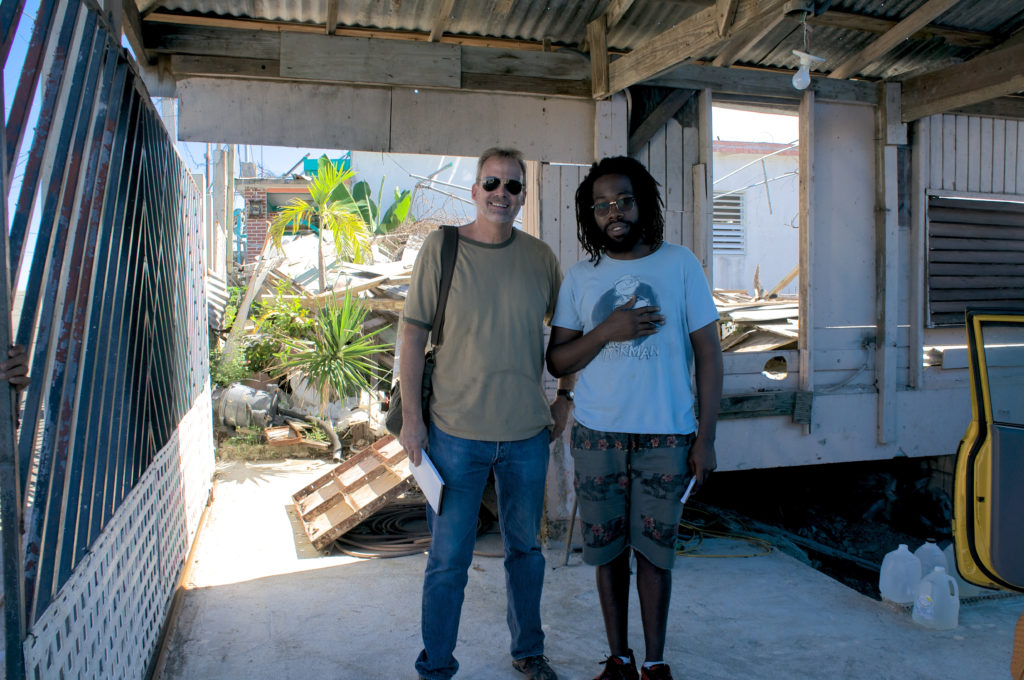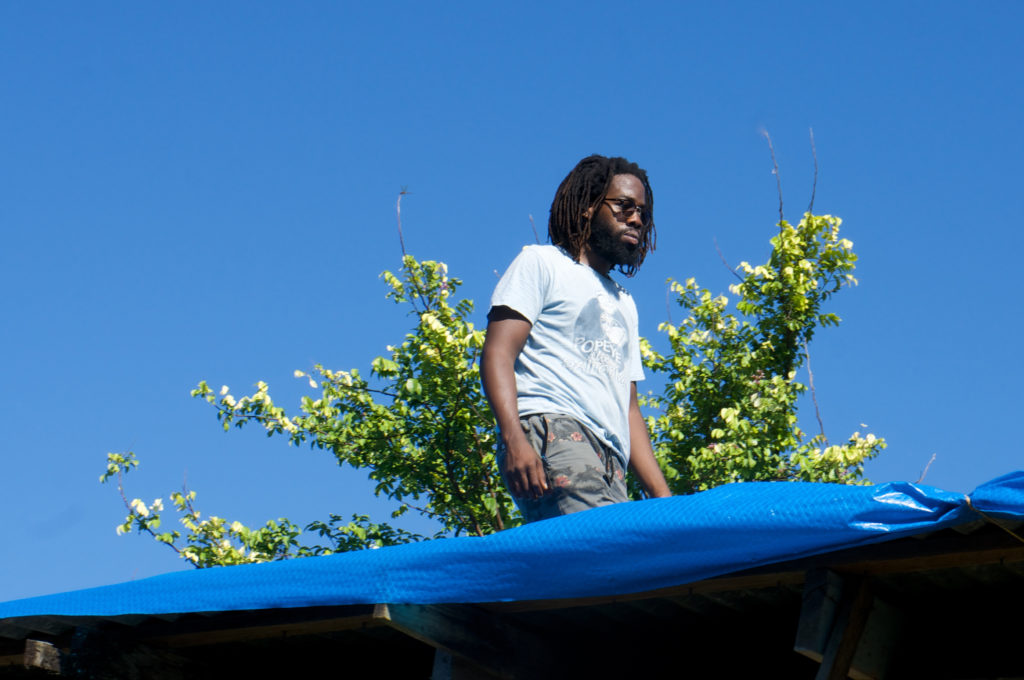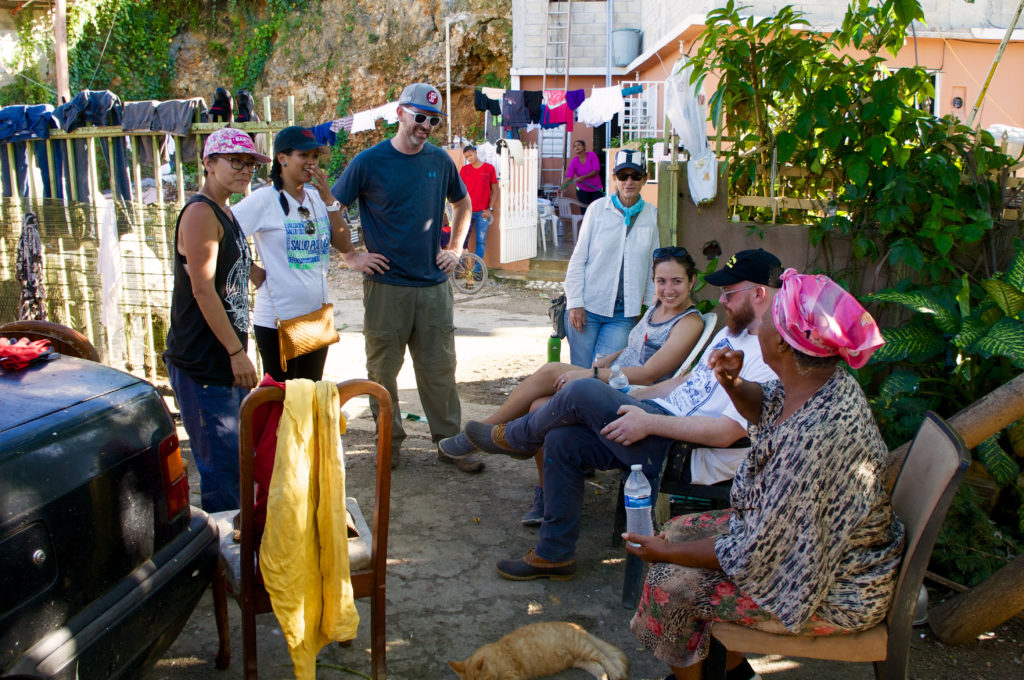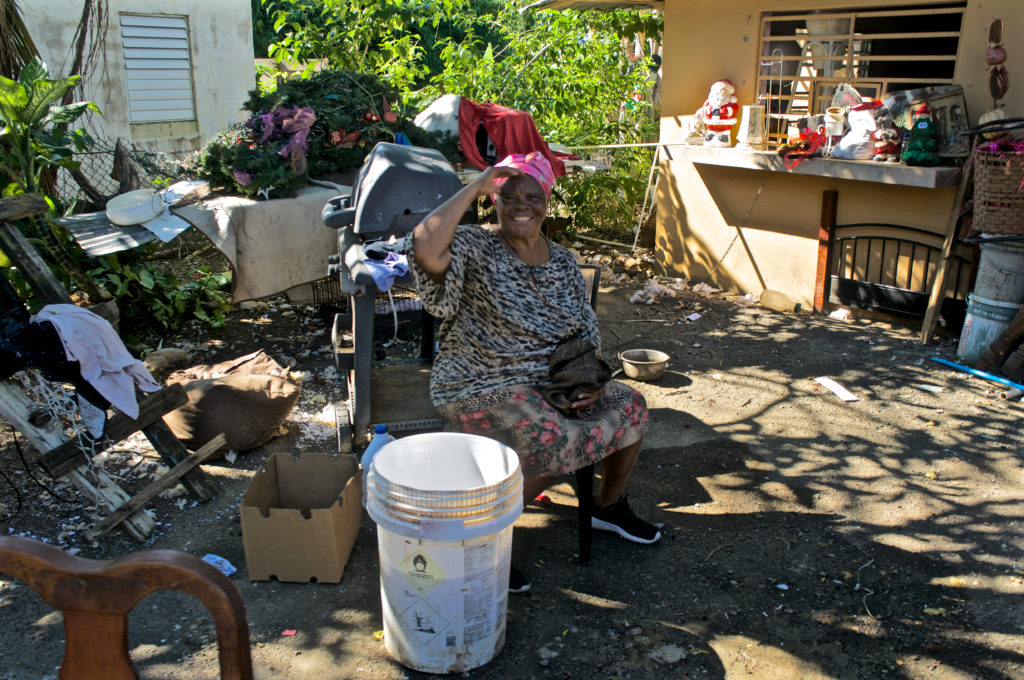When the history of Hurricane Maria is written, I predict it will say that hurricane relief work was too important to be left to the experts.
Yes, the Red Cross is here. So are various faith-based charitable organizations. So is the government. These organizations have done a lot of good work. But from what I’ve seen, the groups that formed spontaneously before the floodwaters had even receded have done the best work.
The people who work with these nameless groups are the most interesting people I’ve met in Puerto Rico. In my own personal vocabulary, I call them pirates. I hope they don’t mind. They sail into a neighborhood in SUVs instead of ships, disembark waving lithium-ion power tools instead of cutlasses, swarm over a house that needs a roof or a family that needs fresh water, and then go on to the next target. They don’t do paperwork. They don’t ask for money. They don’t have meetings. They don’t use PowerPoint. They don’t wear matching t-shirts. They work with other groups without any territorial pissing.
In the aftermath of the 2000 Haiti earthquake, I trained to be a Red Cross disaster shelter manager. I found the training disheartening. More than half of it consisted of learning to fill out the Red Cross’s myriad forms and to use their convoluted acronyms. It often seemed like the forms were driving the curriculum much more than the needs of disaster victims.
The pirates are the Red Cross’s opposite. They’re small, but sophisticated. They’re flexible, but focused. They have leaders, but no one has a title. They’re technologically sophisticated, but not equipment geeks. And above all, they are caring. And they keep working.
Here are some of the people I’ve been proud to work alongside.
